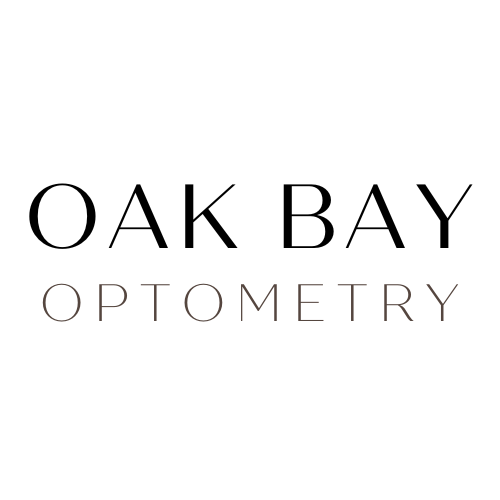Glaucoma
MANAGEMENT PROGRAM
Over 450,000 Canadians are affected by glaucoma making it one of the leading causes of blindness. Known as the ‘silent thief of sight’, glaucoma can progress without symptoms or loss of vision during the early stages.
A comprehensive eye exam will help detect early signs of glaucoma. We have established protocols for detecting, treating, and monitoring glaucoma. For those patients with glaucoma, we will work to control the severity and progress of the disease.
Glaucoma management begins with a comprehensive eye exam. This includes a visual field test and retinal photos to help the optometrist monitor your eye health.
If possible signs of glaucoma are detected, additional testing will be done. During your initial glaucoma consultation, we will review your case and determine if you are a good candidate for exclusive care.
Glaucoma management protocols will vary depending on the severity of glaucoma.
Advanced glaucoma patients may be referred to a glaucoma surgeon.
Our optometrists will remain in communication with your glaucoma surgeon and family doctor throughout the glaucoma management process.
FAQ
What is glaucoma?
Glaucoma is an eye disease characterized by a degeneration of the optic nerve.
The optic nerve, at the back of the eye, carries visual information to the brain. The amount and quality of this information decreases as the fibres that make up the optic nerve are damaged. This can cause vision loss.
Who is at risk of developing glaucoma?
The exact cause of glaucoma is not known.
You may be at increased risk of developing glaucoma if you have any of the following: elevated eye pressure, are over the age of 40, have a family history of glaucoma, have physical injury or surgery to the eye, cardiovascular conditions (such as high blood pressure, low blood pressure, heart conditions, etc), certain eye-related conditions (such as decreased optic nerve tissue, retinal detachment, eye tumour, eye inflammation, etc), or diabetes.
What are the symptoms of glaucoma?
Glaucoma is often referred to as ‘the silent thief of sight’ because there are no symptoms in its early stages.
Depending on the type of glaucoma, symptoms may include blurry vision, eye redness, eye pain, light sensitivity, halos around lights, tearing, nausea, vomiting, headache, and rapid progression to vision loss.
How does glaucoma affect my vision?
As glaucoma progresses, people may experience the loss of side vision or peripheral vision, eventually progressing to tunnel vision. Central vision loss takes place during the late stages of the disease. The loss of vision may interfere with daily tasks such as driving.
If left untreated, permanent vision loss can occur.
How is glaucoma detected?
As glaucoma can progress with or without symptoms, having a comprehensive eye exam is essential.
During an eye exam, the eyes’ internal pressure is measured using a painless procedure called tonometry. Our optometrists will also look directly inside the eye to inspect for any damage to the optic nerve and retinal layers. In addition, your field of vision or peripheral vision will be measured.
Further imaging and testing may be conducted to measure functional vision loss and structural changes in the eye.
How is glaucoma treated?
Treatment will depend on the severity and progress of the disease. It cannot be cured, but rather controlled.
Medication, generally in the form of eye drops, may be prescribed to reduce elevated eye pressure. Several surgical procedures are available to reduce eye pressure if treatment with medication is not enough.
